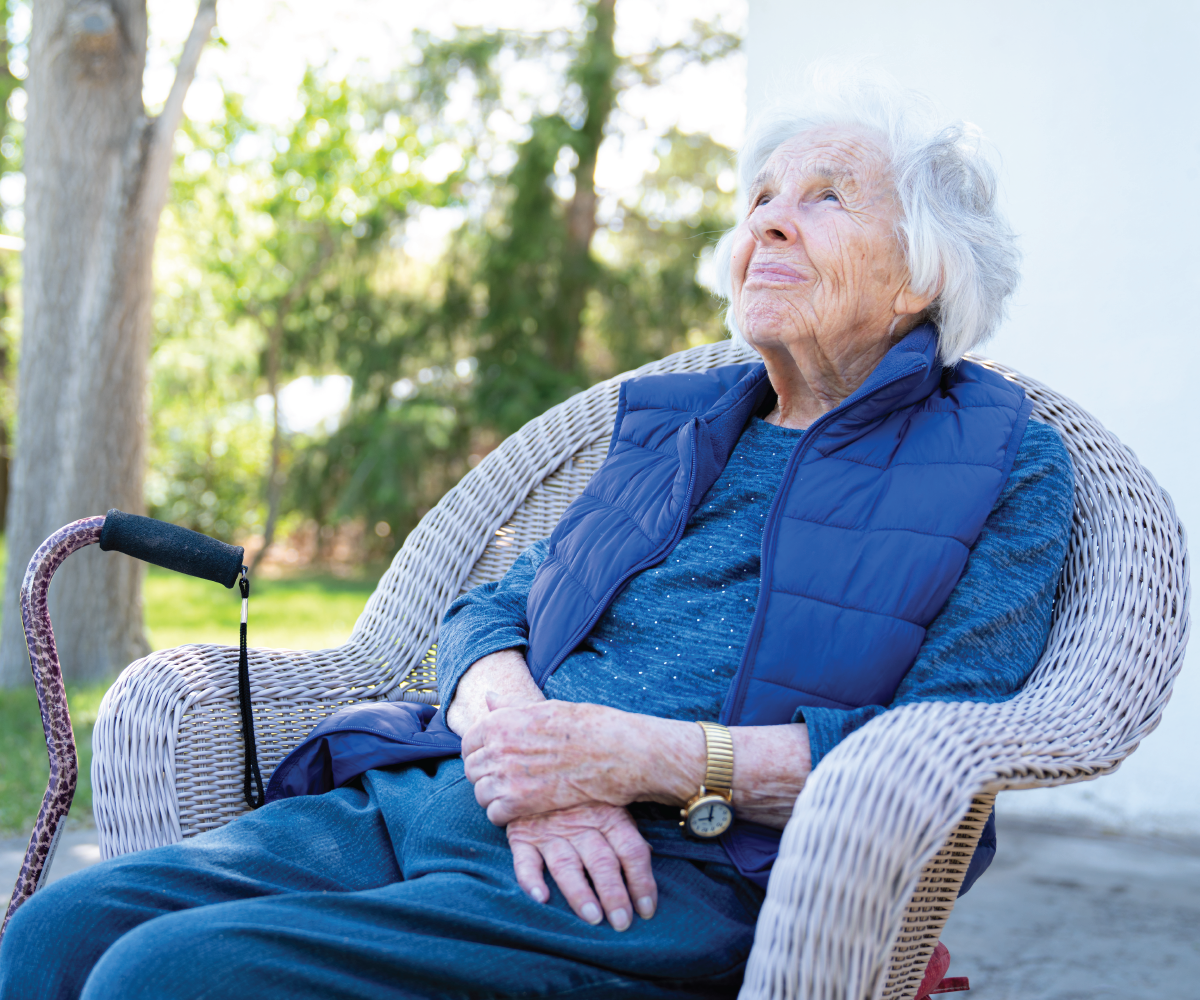More Than Shelter: How Housing Affordability Is Linked to Older Americans’ Health
Older adults’ housing challenges reflect social and financial inequalities and can lead to poor health.

Older adults’ housing challenges reflect social and financial inequalities and can lead to poor health.
(2002) Recently released population estimates for Russia confirm the accelerating population decline that has been underway since the breakup of the Soviet Union more than a decade ago.

Naming the vulnerability and discrimination LGBTQ youth face can be a starting point for adults and institutions that support youth—and youth themselves—to act for change.
(2002) The past century witnessed a revolution in health care, yet millions of women still endure the risks of pregnancy and childbirth under conditions virtually unchanged over time. Maternal complications take a serious toll on women.

Project: PACE: Policy, Advocacy, and Communication Enhanced for Population and Reproductive Health
This ENGAGE multimedia advocacy tool that builds awareness of the impact of rapid population growth on Zambia’s goal of becoming a prosperous upper middle-income country by 2030.
(2012) Women who have an unmet need for contraception are broadly defined as those who want to delay or stop childbearing but are not using contraception. Put another way, these women are potential users of contraception.
(2010) With Millennium Development Goal 6, the international community pledged to "combat HIV/AIDS, malaria, and other diseases" throughout the world. Worldwide, 1.4 billion people are infected with one or more of these less-known "other diseases.
"Quel est le nombre total de personnes ayant vécu sur la Terre?" est l’un des articles du PRB qui a eu le plus de succès. D’abord publié en 1995 puis mis à jour en 2002, cette dernière version de 2011 présente les données jusqu’à la mi-2011, avec une courte vidéo expliquant comment cette estimation a été obtenue.